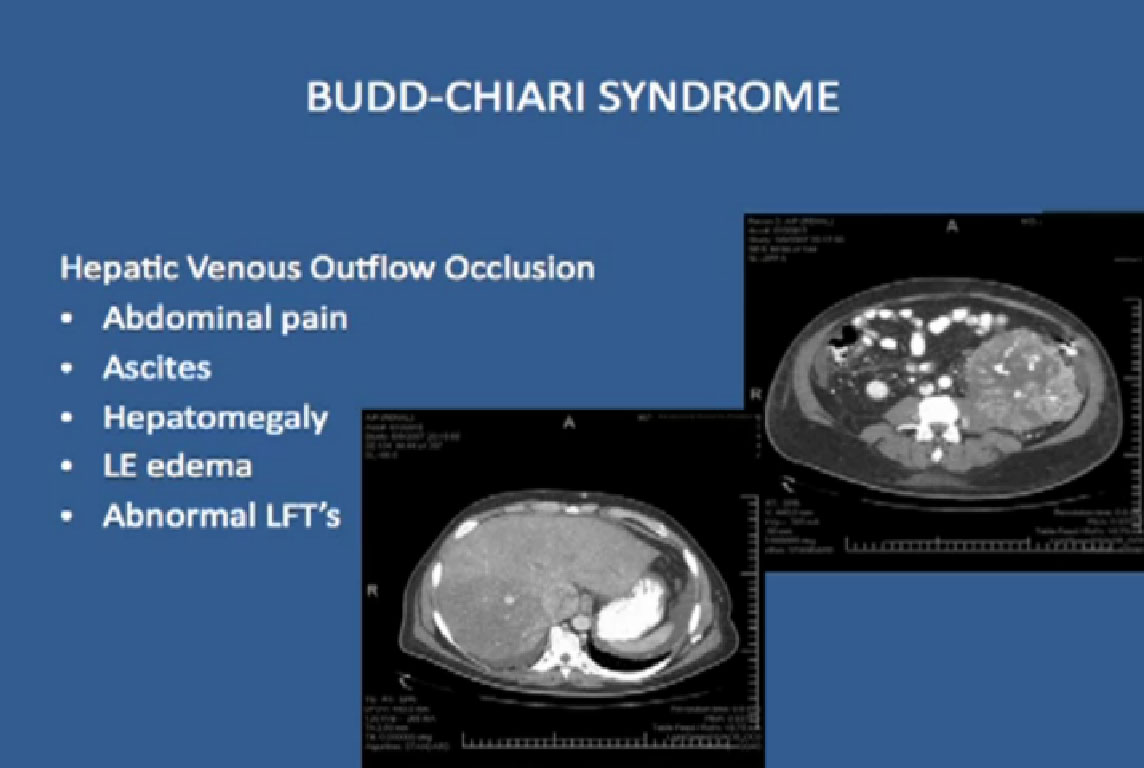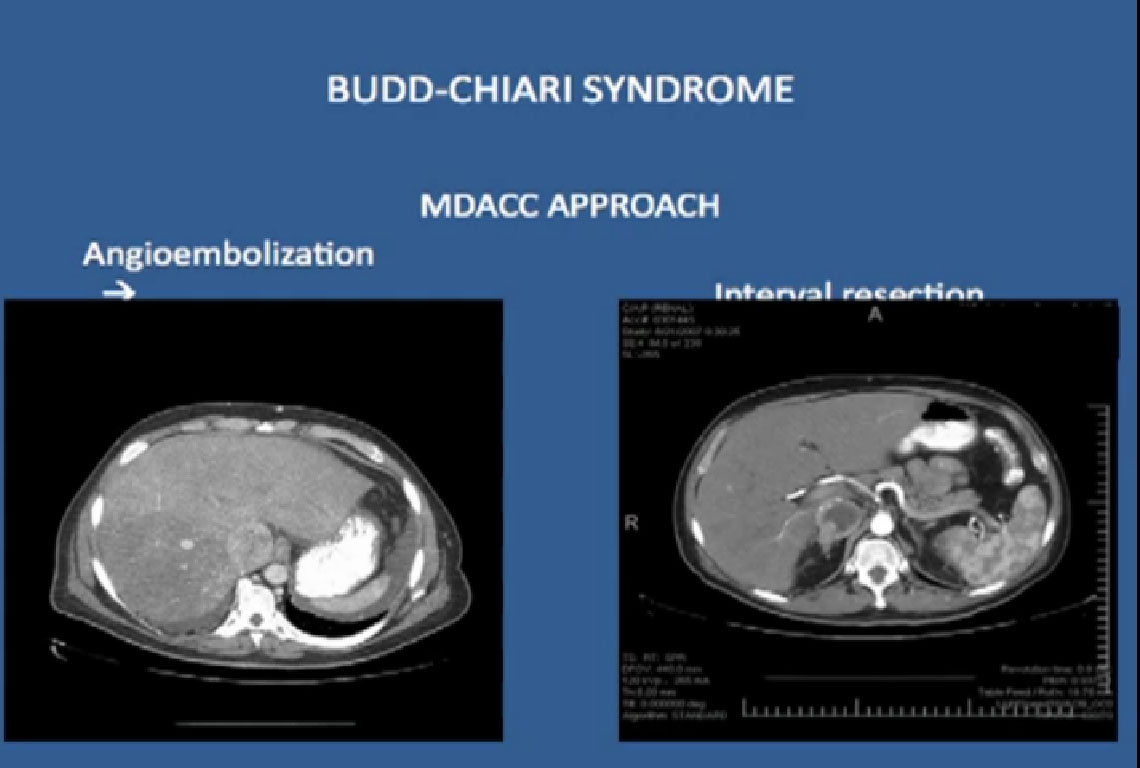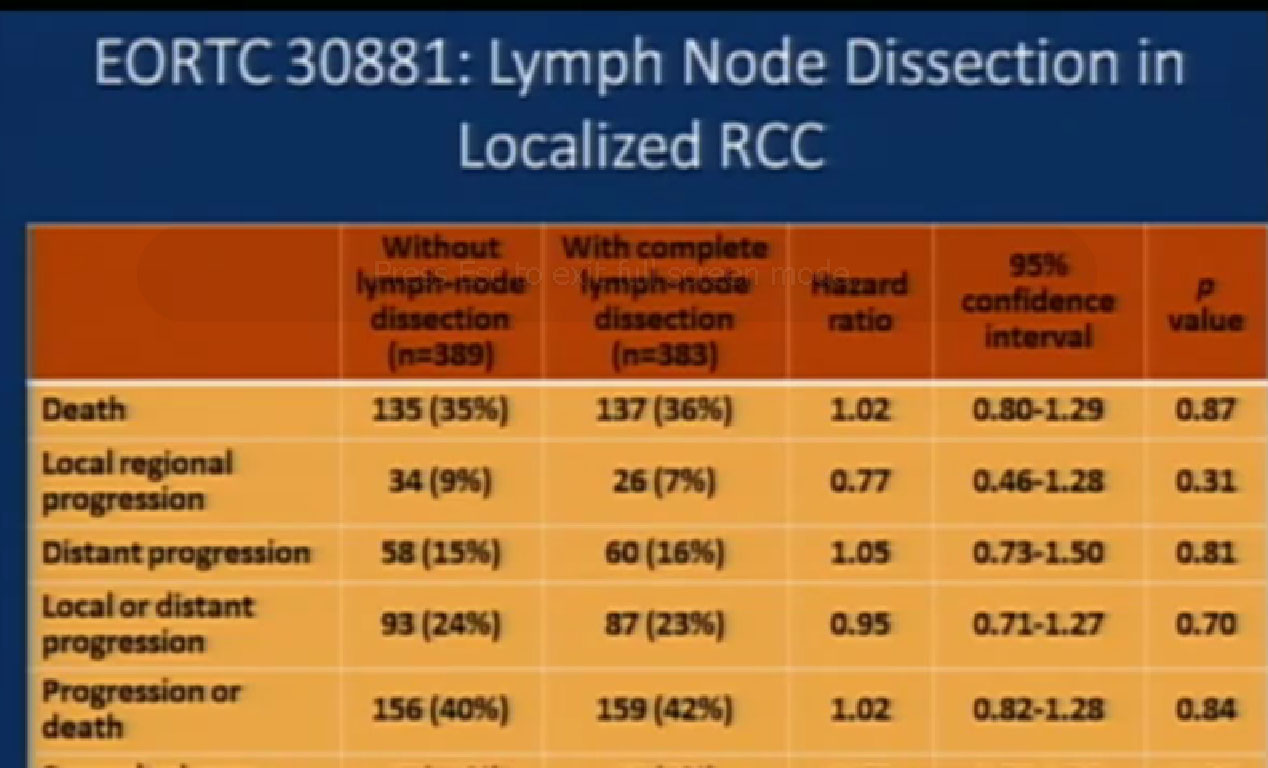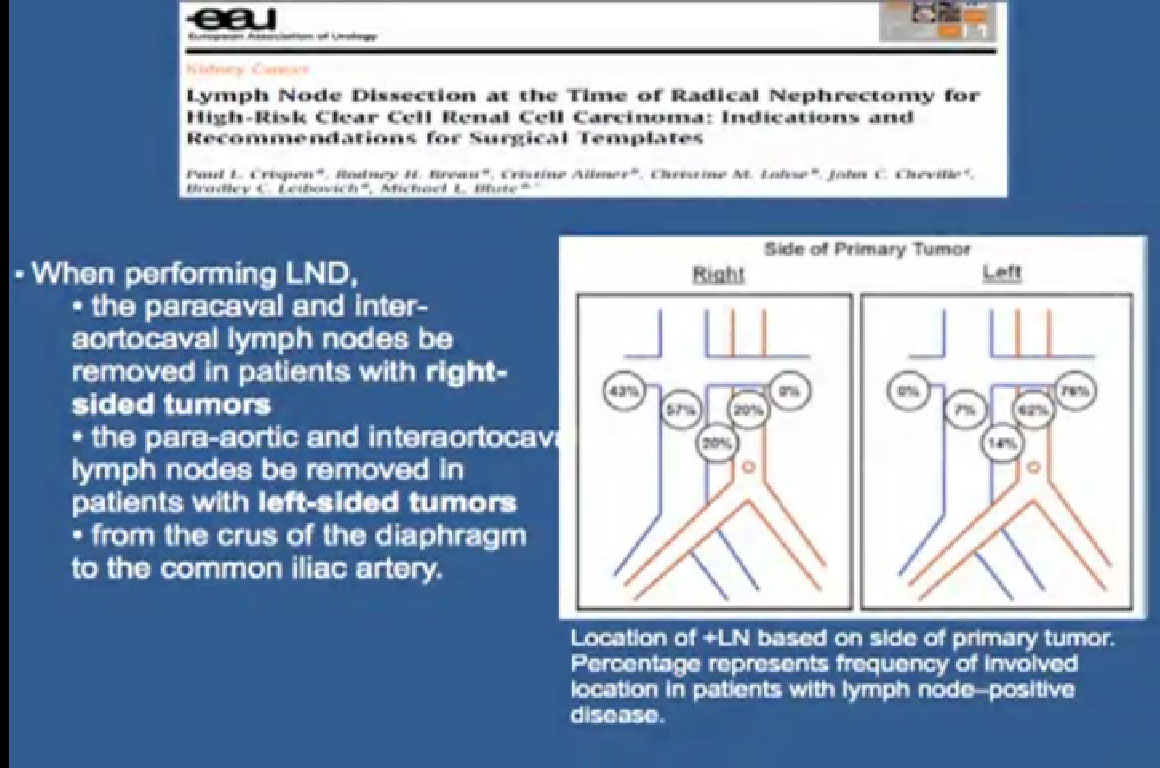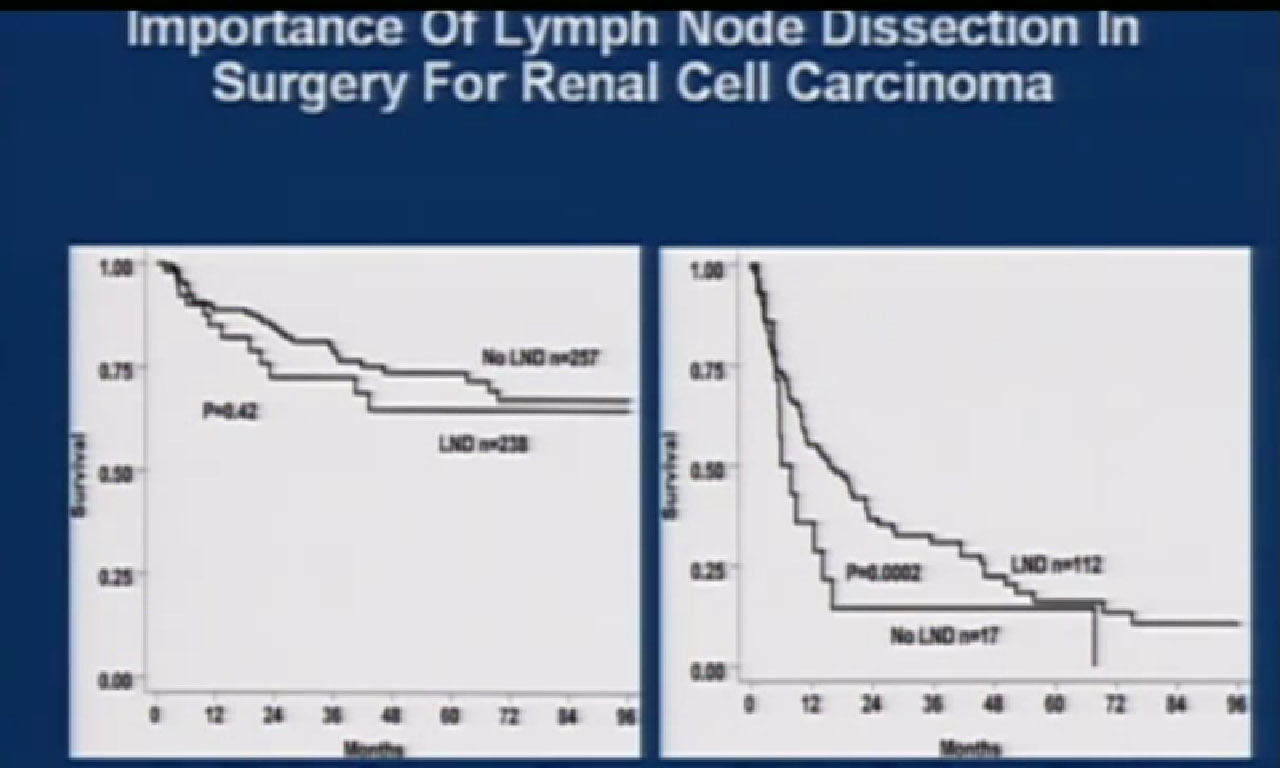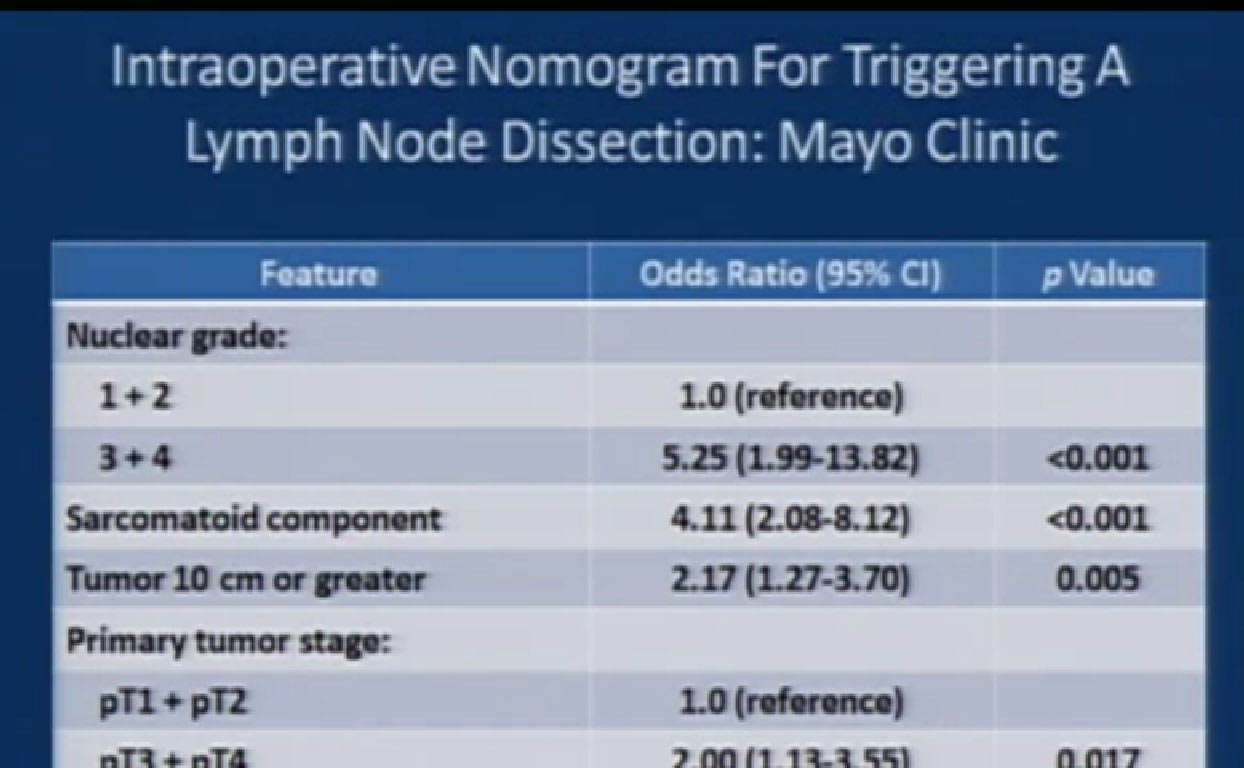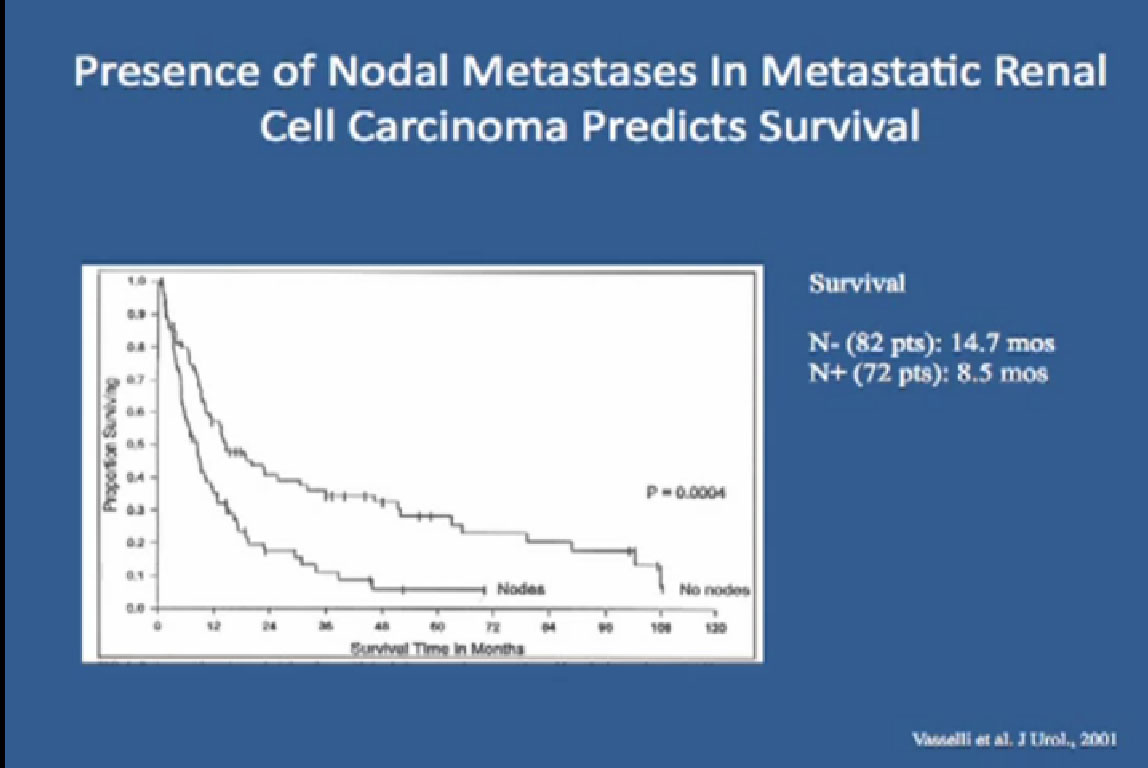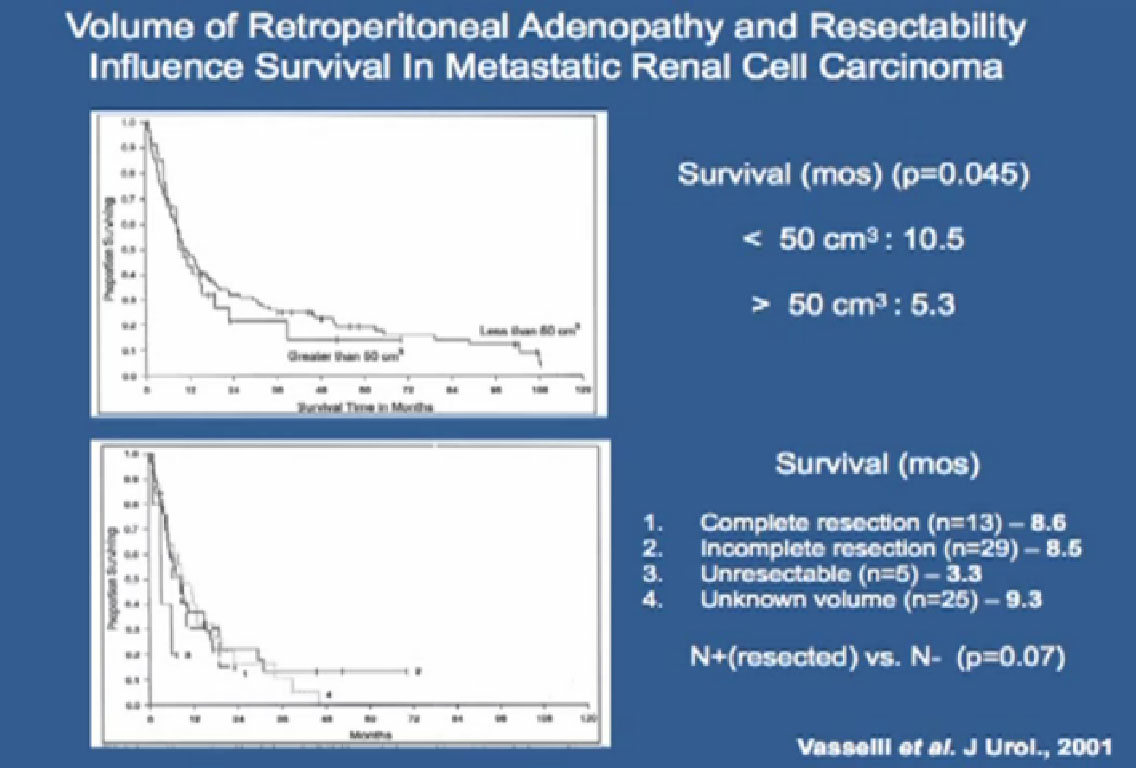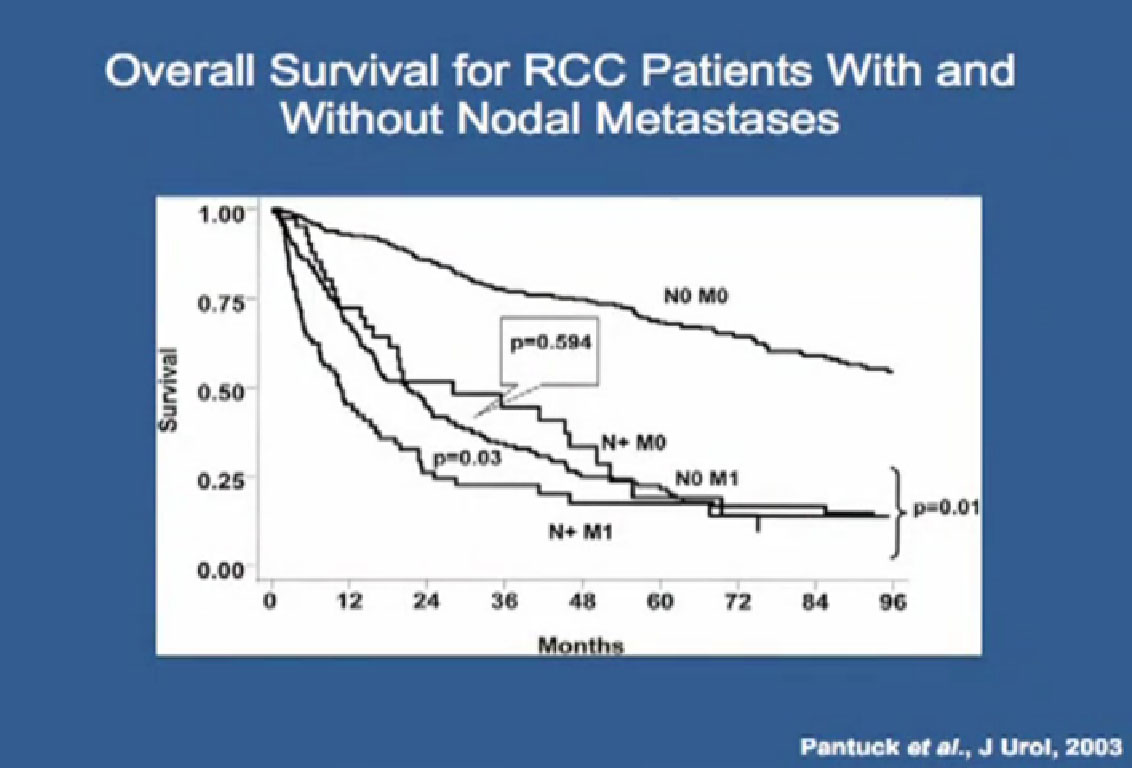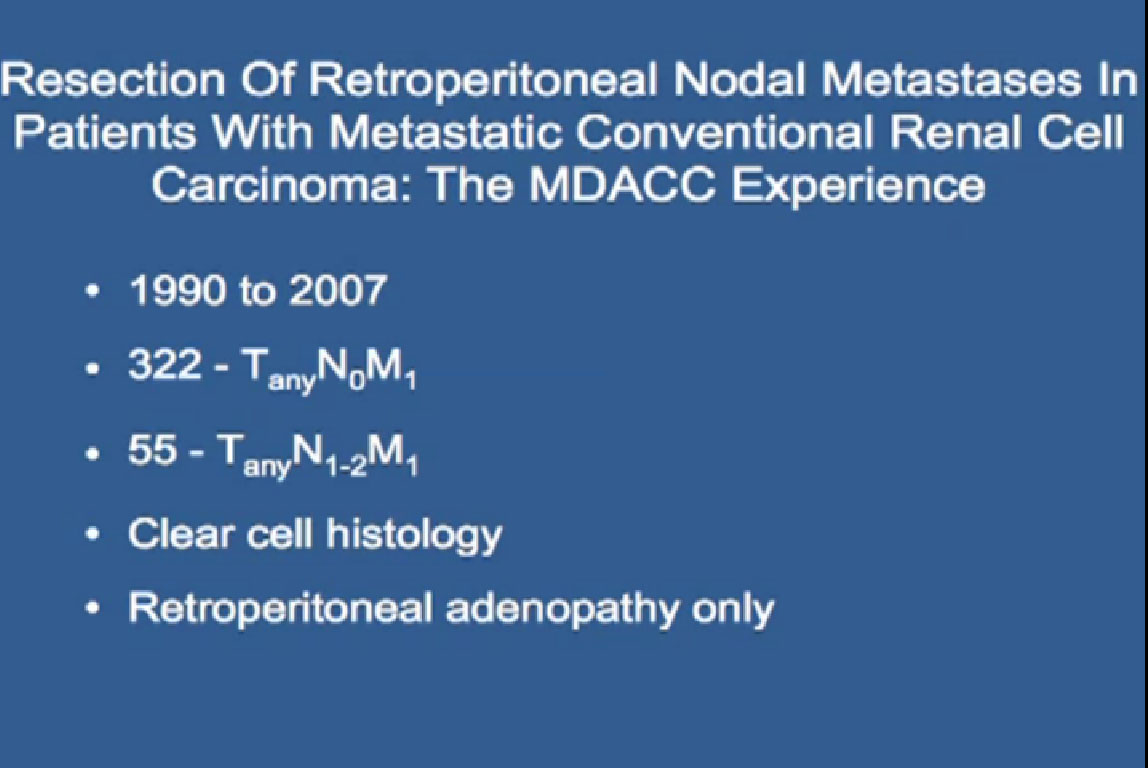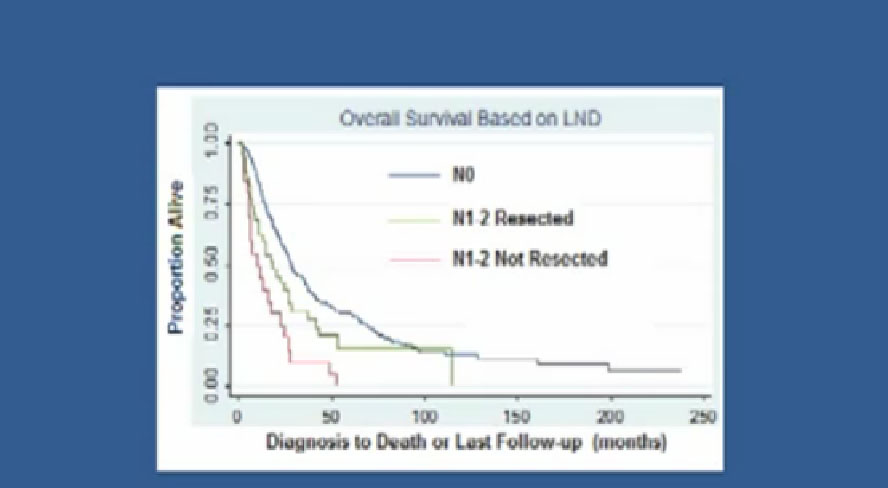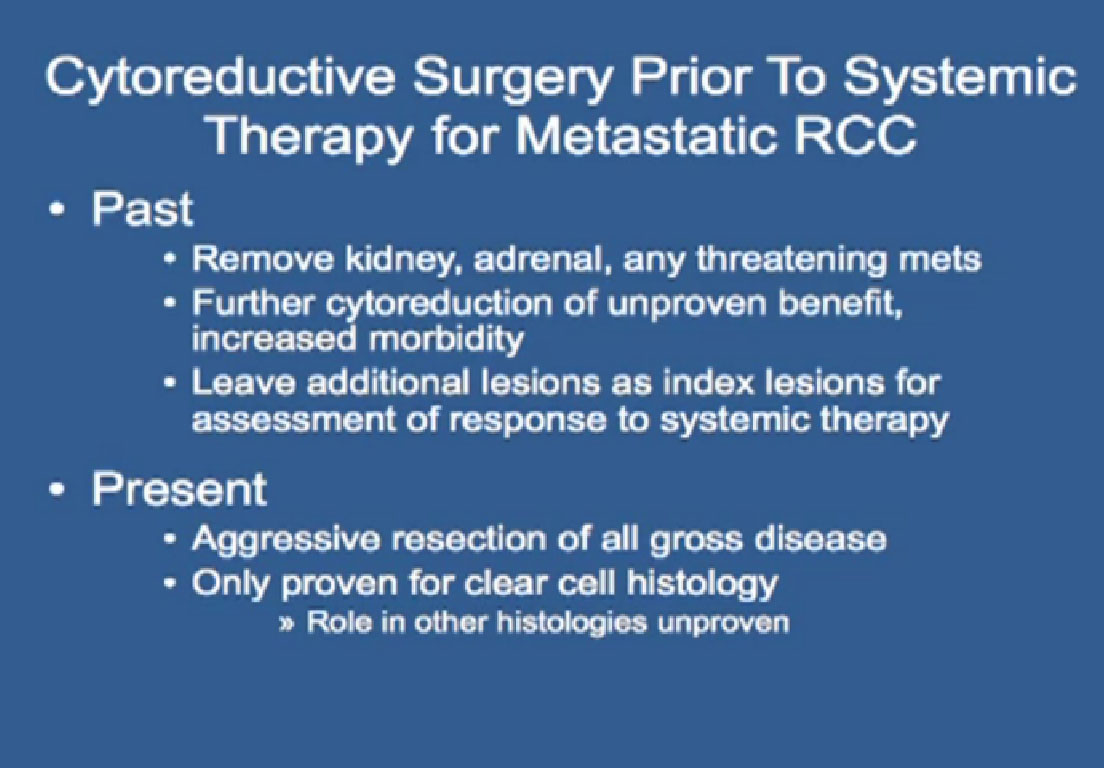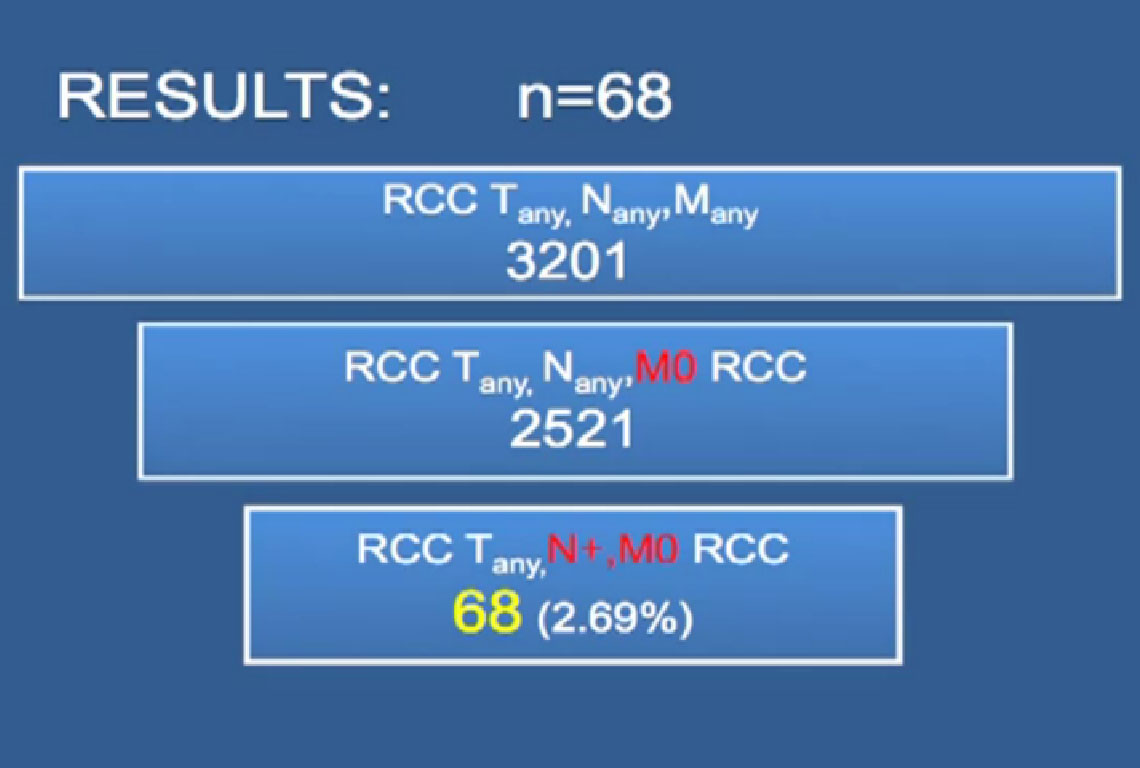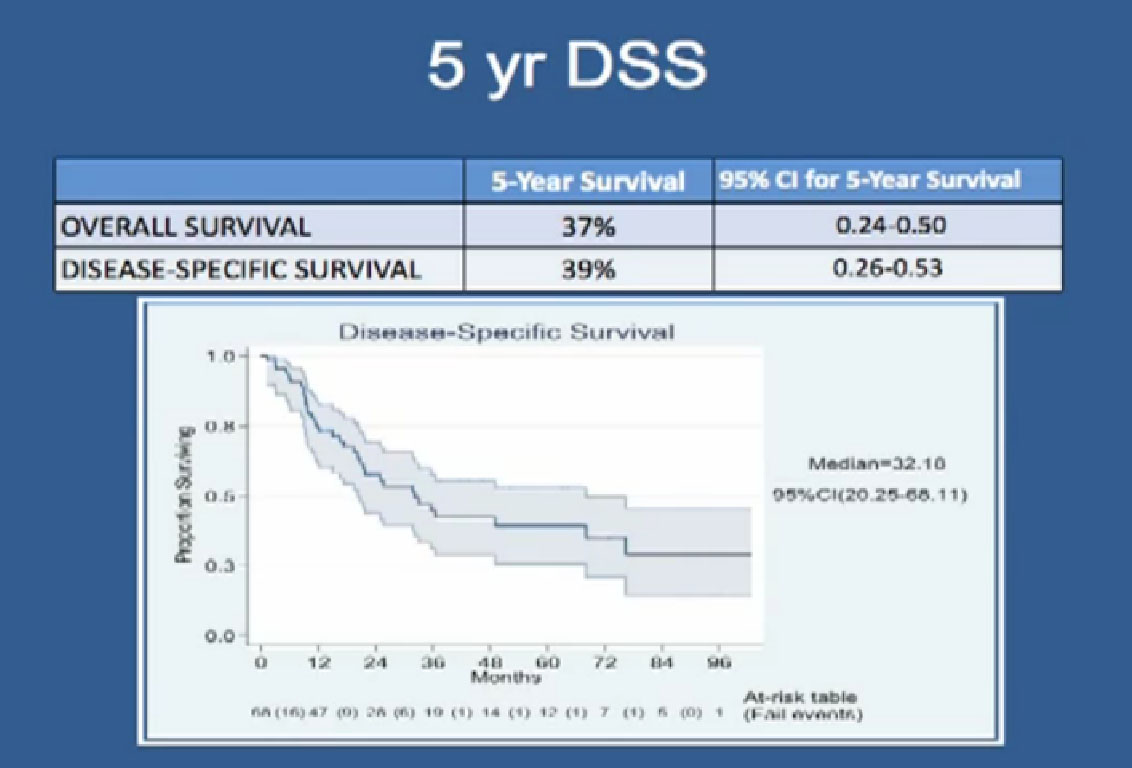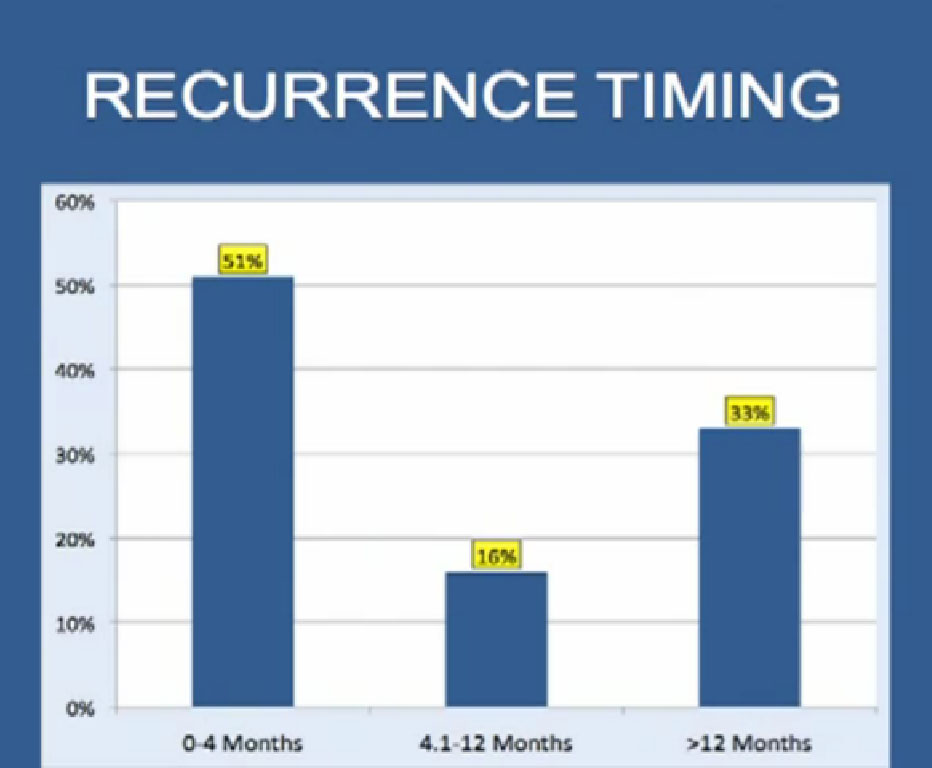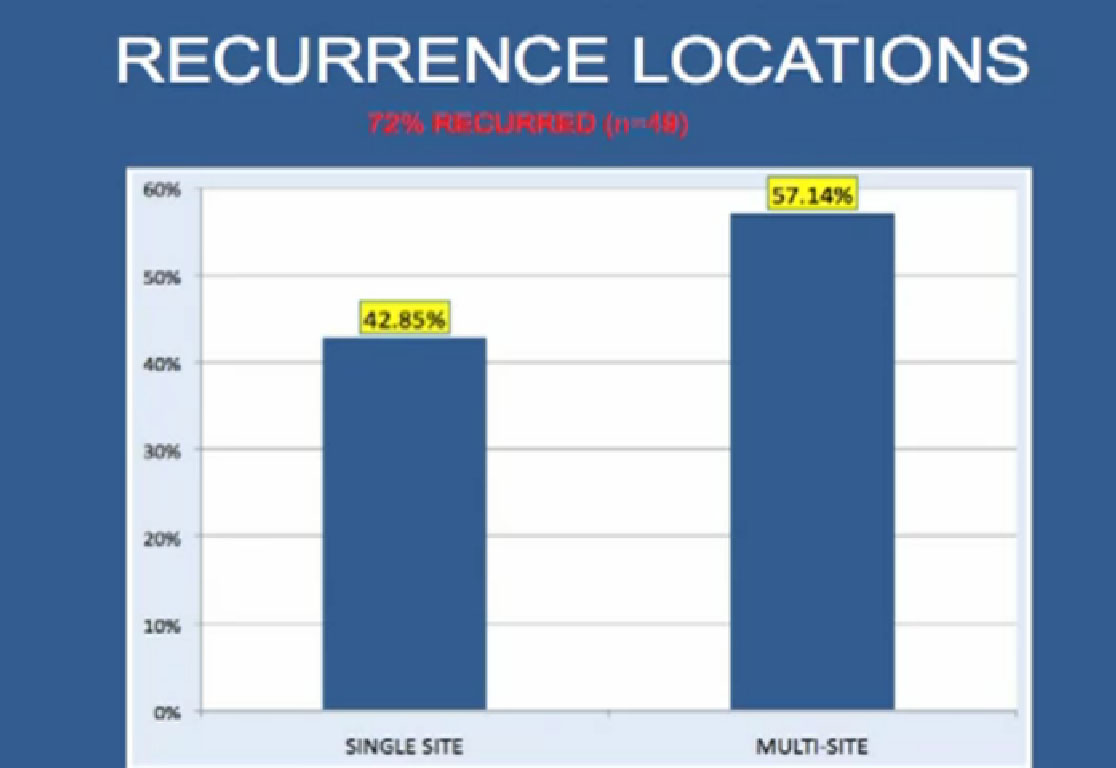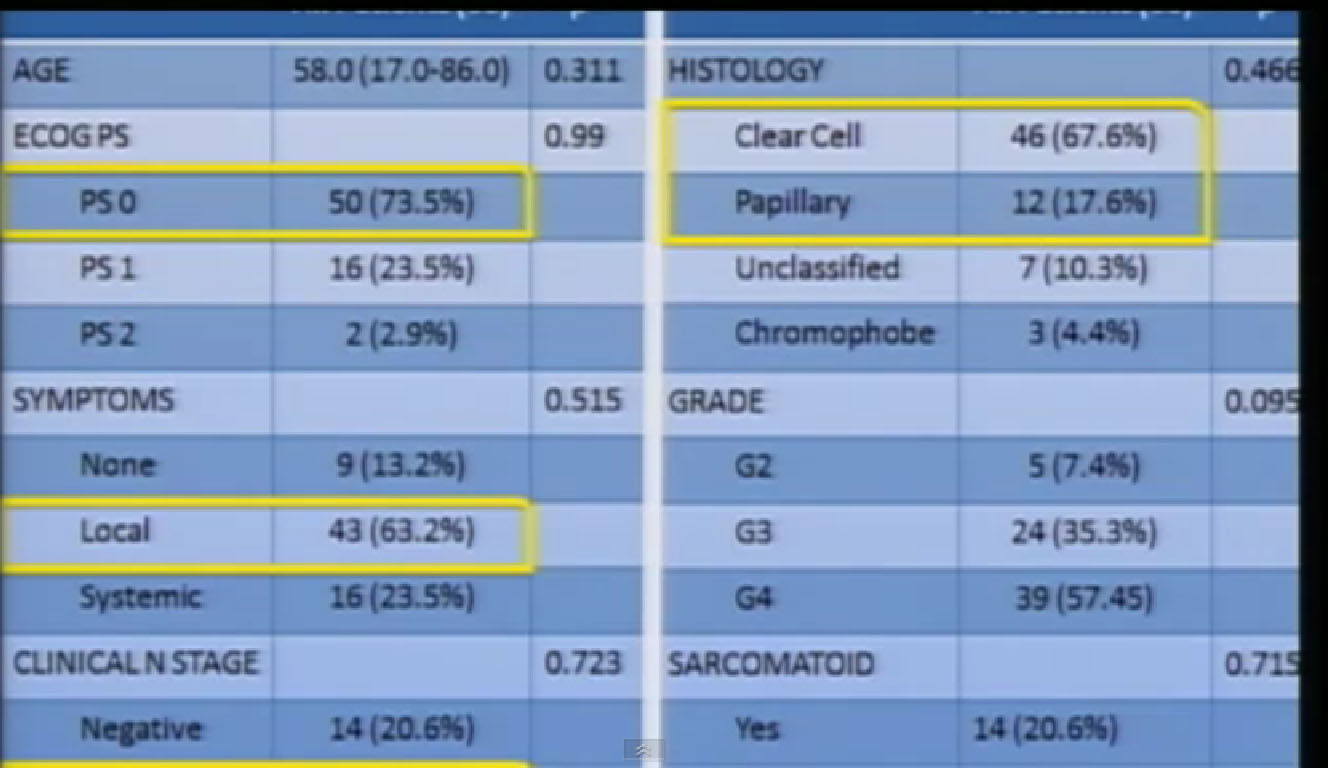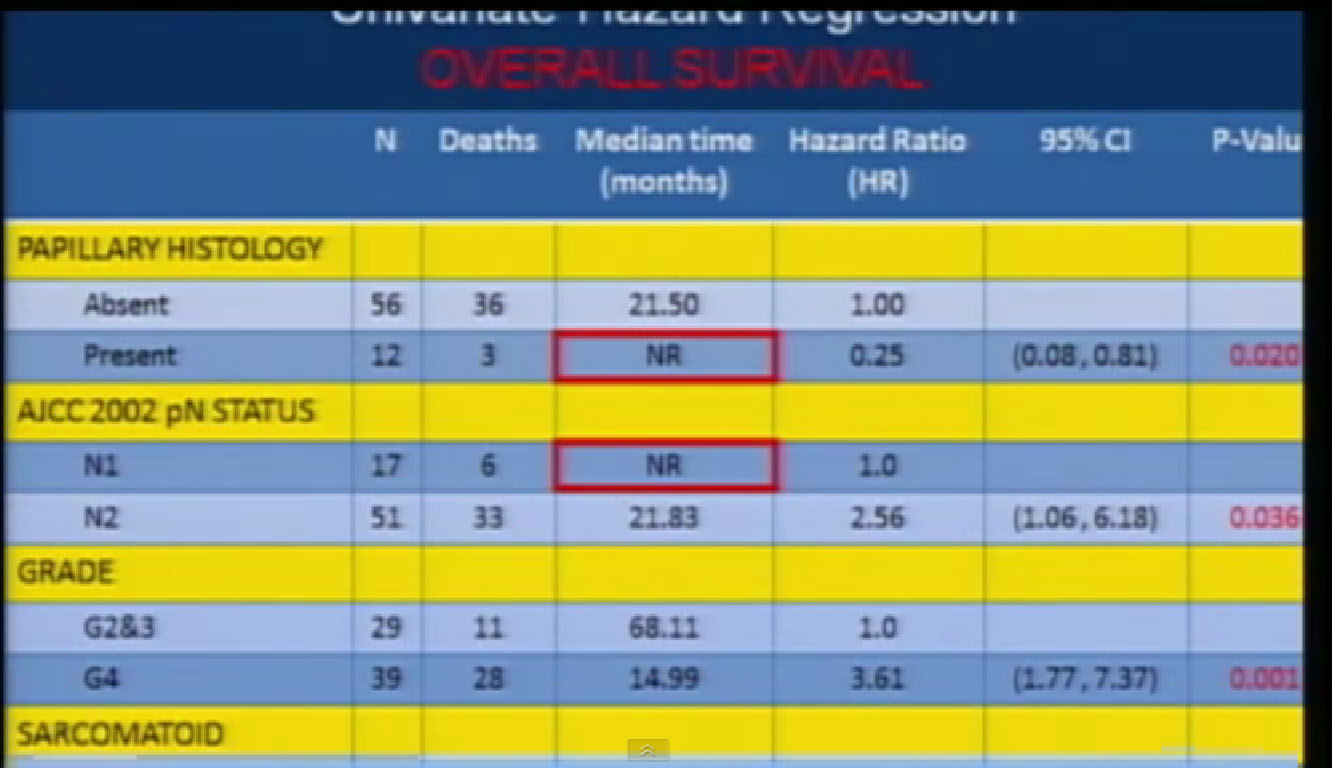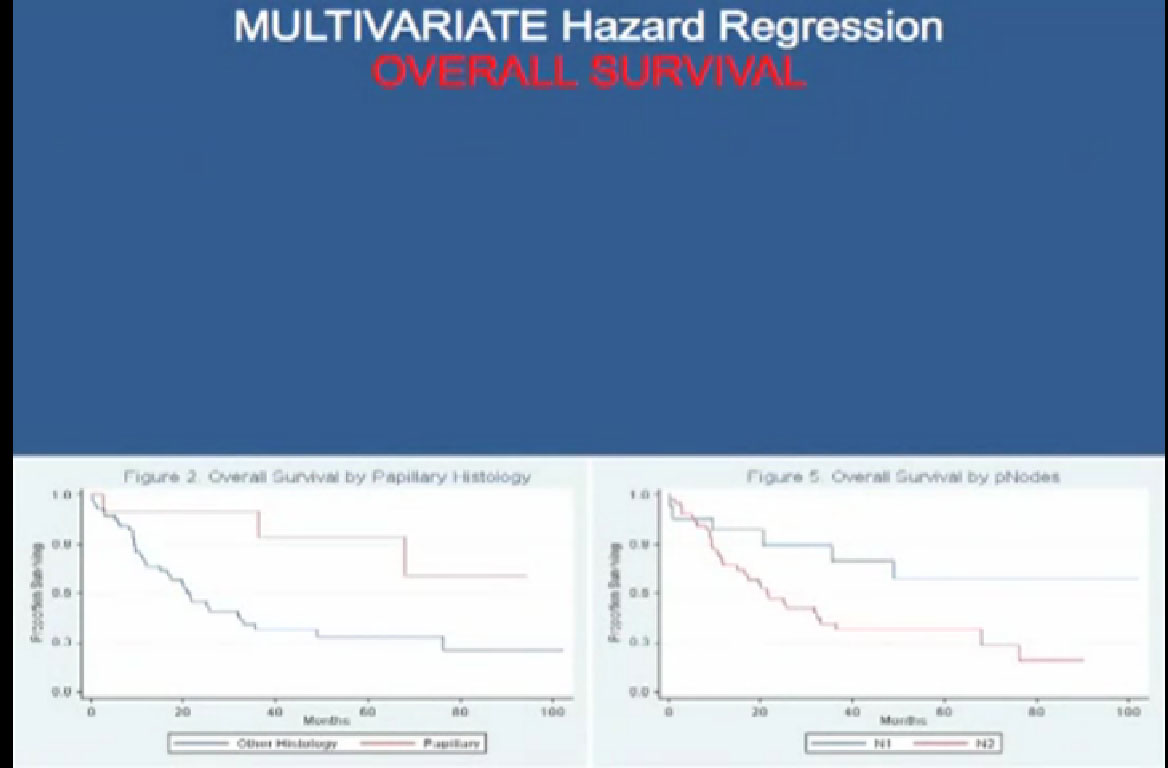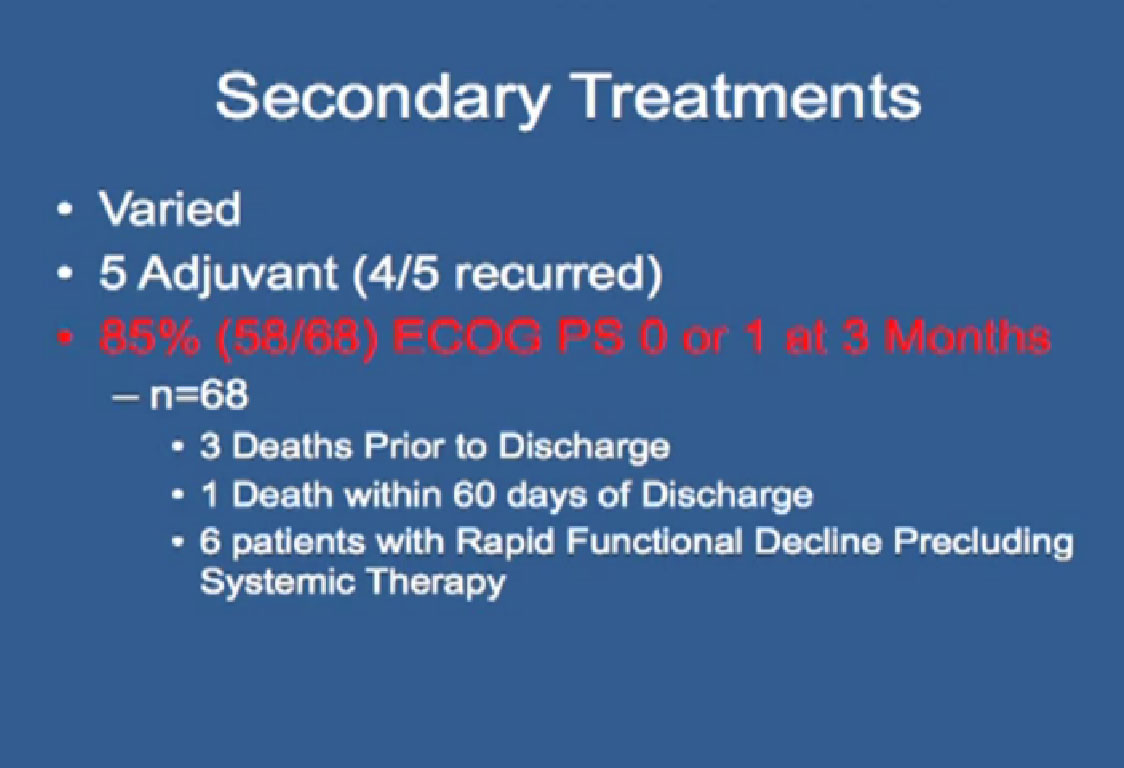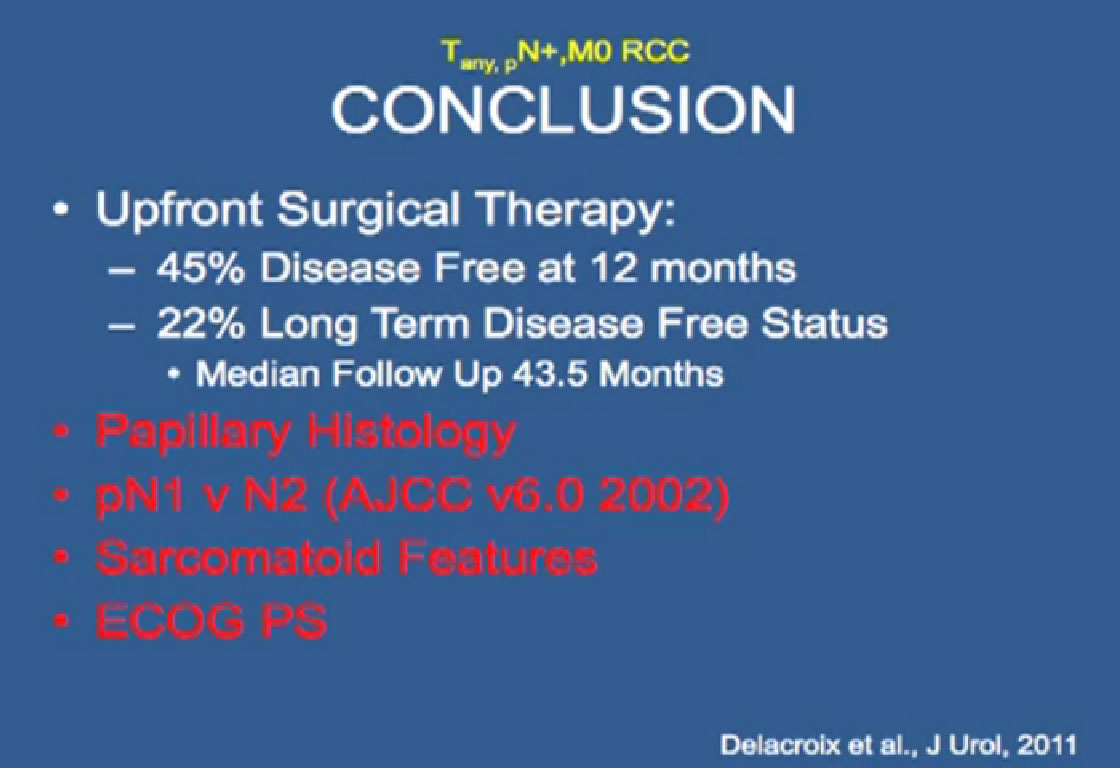This abstract title reflects important changes about kidney cancer. It is not about “kidney cancer”, but clear cell RCC, with a focus on changes or genomic alterations (GAs) in the genes. The study goal was to see if patient the prognosis related to those GAs in genes that are found in RCC. It describes ccRCC in a very detailed way–as to its gene expressions/changes. (Abstract and Take-Home messages from Dr. Monty Pal are found below, with my comments to follow.
Session: Genitourinary (Nonprostate) Cancer Saturday June 2, 8:00 AM–11:30 AM
4516 (http://abstracts.asco.org/214/AbstView_214_229517.html) Alterations in key clear
cell renal cell carcinoma (RCC) genes to refine patient prognosis.
D Bossé, W Xie, Y Ged,et al
Take-Home Message
In this study of 308 patients with clear cell mRCC treated with VEGF-TKI therapy in the
first line, the researchers wanted to determine the prognostic value of genomic
alterations leading to loss of function. Genomic alterations in BAP1 were significantly
associated with a worse IMDC risk group and worse overall survival. Longer overall
survival was significantly associated with genomic alterations in KDM5C and PBRM1.
Significantly worse overall survival was reported in IMDC intermediate–risk patients
with PBRM wild-type tumors that also harbored genomic alterations in BAP1.
The researchers suggest that genomic alteration assessment may be predictive of
survival in IMDC intermediate–risk patients.
A prognostic study is about the likely progression of the disease, and the related risk factors. With a more precise diagnosis of the disease, the prognosis will be better understood, which should guide treatments accordingly. (Sad that we still need prognostic studies vs comparative effectiveness studies!)
But first, a quick lecture on the background issues…
Patients might never know if their RCC subtype is clear cell (ccRCC), papillary (pRCC) or chromophobe RCC (chRCC) until their tumor cells are seen under a microscope. Until recently, most metastatic RCCs were treated similarly. Treatment was limited at best, with few options beyond surgery. When RCCs had spread, even surgery was not always recommended. Diagnosis occurred when a mass was found, often fairly large, with about 1/3 of patients having metastatic disease.
It was wrongly assumed was that very small tumors carried little risk, that they could not grow quickly and were unlikely to spread malignant cells. They could be ‘watched’. If removed surgically or ablated with radiation, there would be no real risk of spread and the patient needed no follow up treatment.
However, some small tumors are aggressive, grow quickly and spread to other organs. Surgery will not ‘get it all’, as the spread can occur well before the discovery of the mass. In addition, a “small” kidney tumor can be up to 7cm (2 3/4″) in size and have had years of silent growth.
Why do these tumors act so differently? They arise from a mix of genomic changes in the kidney cells. Genomic alterations (GAs) vary in ccRCC patients, and those variations were thought to reveal aggressiveness and impact patient outcomes.
Earlier researchers found they could group ccRCC patients into categories based on the molecular characteristics of their tumors. Those newly defined patient/tumor groups had every different Overall Survival (OS) statistics. One subgroup had more aggressive disease, with OS of 2.5 years, while others had OS of over 8 years. The more aggressive tumors needed to be identified and treated more appropriately. This abstract gives greater insight into those defining characteristics and the drivers of growth of those tumors.
Back to GAs–genomic alterations, or mutations/changes. Cells can change or mutate, due to age, to family tendencies, or to environmental causes. Cancer cells don’t follow the rules of normal growth, possibly due to these previously unrecognized GAs in the genes. Most mutations in our genes do not cause problems, but some GAs in some genes drive tumor growth that endanger lives.
These genes –VHL, PBRM1, BAP1, TP53 and KDM5C–are often found in metastatic RCC. Each gene may have different GAs and at different frequencies. Those characteristics define the tumor more carefully, and create greater risk of aggressive disease. The abstract reviews the GAs and survival statistics in the patient population.
This is a study of 308 patients with metastaticRCC, previously treated with tyrosine kinsase inhibitors (TKIs), such as Sutent and Votrient. The patients were grouped into ‘favorable’, ‘intermediate’ or ‘poor’ risk groups, a reflection of disease impact. Their tumors were sequenced for GAs in the named genes. Tumors have varying degrees of GAs within those genes, so were examined by those GAs and combinations of GAs. Then those GAs were compared with patient risks and their outcomes.
Those patients with GAs in the genes BAP1 and PBRM1 wt had the worse OS. Patients with GAs in the BAP1 gene had poorer survival, even if they were in the intermediate risk group. The presence of GAs in three genes, VHL, TP53 and KCM5C did not seem to play a negative role in outome. Indeed, the GAs with KDM5C seemed to improve OS stats.
What does this mean for the current patient with metastatic ccRCC? Perhaps a genomic analysis will give some guidance as to the aggressiveness of the disease, or reassurance that there to watch a tumor and decide the next step. If the patient has alterations in BAP1 and PBRM1, which is associated with greater risk, he will need more aggressive care.
This information does not tell patients and doctors what treatment to use. It does demonstrate the value of having one’s tumor sequenced to see the GAs, and help judge risk. Those patients most at risk of aggressive disease may benefit from earlier treatment and increased monitoring. Since about one-third of all patients not metastatic at diagnosis will indeed develop metastases, so that sequencing to discover these GAs would be a consideration for all.
This abstract gives a picture of the prognosis for the group of mRCC patients–not of any single patient–who have these gene alterations in theor tumors. Other details will be found inthe complete study. There may be comparisons as to how long the patients had been ill before diagnosis, the time until emergence of metastases, the length of time until TKI treatment, the length of response to the TKIs and time, if any, without treatment post the TKI until the sequencing. There is no similar comparison to patients who were not treated at all, or who were treated with other agents. The abstract does report a meaningful way to judge risk for patients with metastatic RCC with the use of gene sequencing, and that alone, can have impact on treatment decisions.

